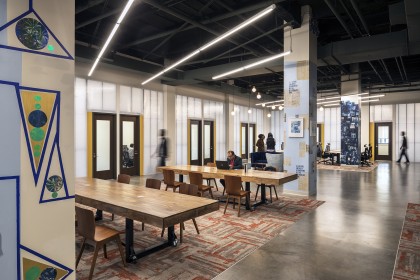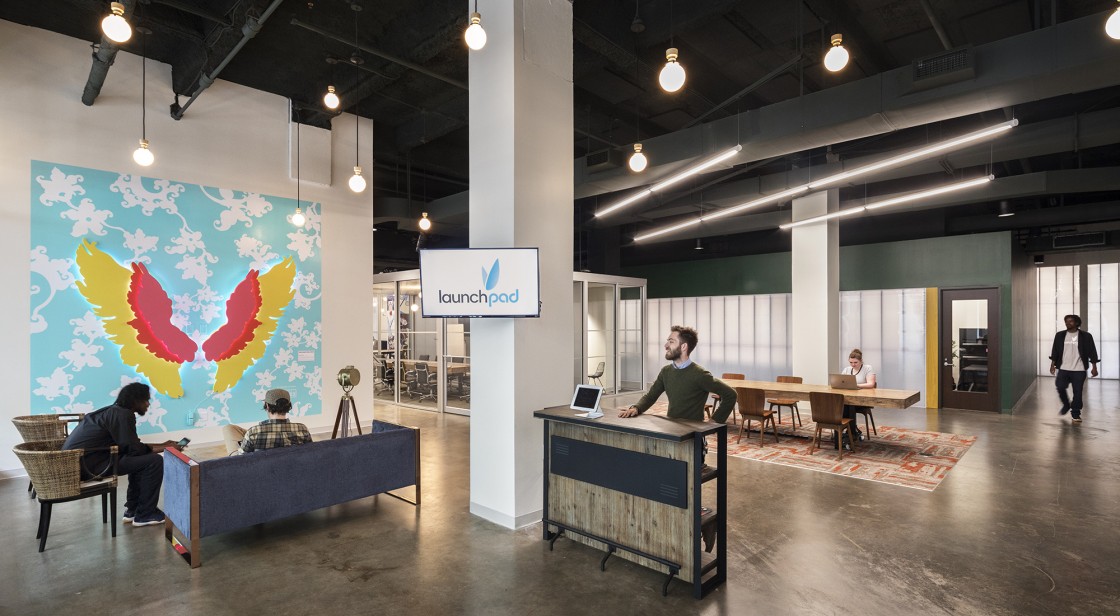A recent New York Times article contemplated the power of co-working spaces located within opportunity zones. For developers who may struggle to lease space within an opportunity zone, co-working users have emerged as a key segment of lessees, not only occupying space but also injecting a much-needed economic boost into these underserved areas.
The key to success? Co-working spaces cultivate vibrant ecosystems of entrepreneurs that attract other start-ups and even larger companies who may need flexible or temporary space. When located within an opportunity zone, co-working spaces are able to “incubate the economic turnaround the distressed areas need.”
Developers have found that co-working spaces have a magnetism that traditional real estate development may lack. These “centers of gravity” draw residents in rather than pushing them out and create opportunities for the community in the community.
One co-working outfit featured in the article is Launch Pad, a 10-year-old New Orleans-based firm with several locations in opportunity zones. KSS Architects designed Launch Pad’s Newark, NJ location, which sits in an opportunity zone in the historic Hahne & Co. building.

As for how this trend will continue, co-working spaces don’t appear to be going anywhere anytime soon. In just the first half of 2019, co-working users leased more than 10 million square feet of office across the country—second only to the technology industry and ahead of law, finance, and health care sectors, according to research from Jones Lang LaSalle.

